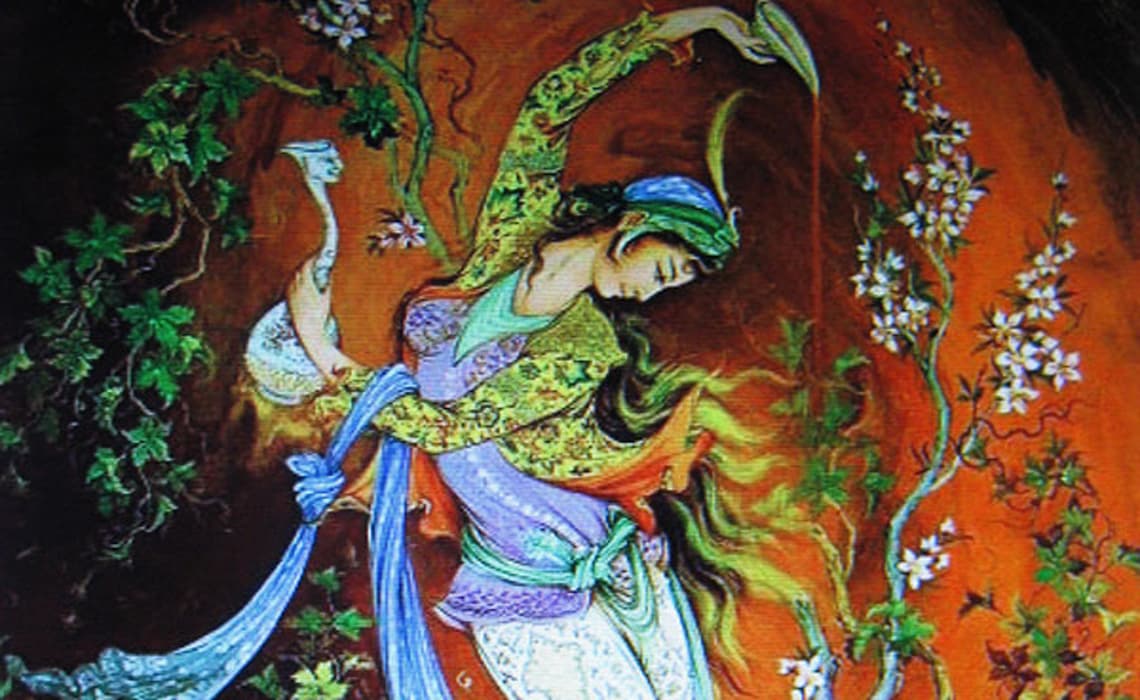There are much significant art and history in Iran. In order to explain all of them, we have to talk about centuries. Although if you visit Iran and check a historical hotel in Iran such as Kianpour historic house in Iran you can benefit from Iranian art and literature in person.
Shahnameh of Ferdowsi
Persian literature is literature that is written in Persian. Persian literature has a history of more than a thousand and one hundred years. Persian poetry and Persian prose are the two main genres in Persian literature. Some old books on non-literary subjects such as history, prayers, and various sciences also have literary value and over time have become among the classics of Persian literature.
The fame of some Iranian poets and writers has gone beyond the borders of Iran. Poets and writers such as Ferdowsi, Saadi, Hafez Shirazi, Rumi, Omar Khayyam, and Nezami are world-famous. Among the well-known figures of contemporary Persian literature in the world, we can mention Sadegh Hedayat in fiction and Ahmad Shamloo in poetry.
Environment design
Iranian architecture has features that have special values compared to the architecture of other countries in the world. Features such as proper design, accurate calculations, types of structures, the correct form of covering, observance of technical and scientific issues in the building, high porches, tall columns, and finally various decorations, each of which at the same time simply represents the glory of Iranian architecture. The history of Iranian architecture dates back to about the seventh millennium BC. Iranian architecture also has unique features in some areas that introduced new achievements to the world of architecture.
Special spaces such as porch, dome, Persian courtyard, etc.
Advanced structures such as types of two and three central arches, types of domes, types of corners, and many more.
Special uses such as garden
Special concepts with different definitions such as geometric ornaments, introversion, extroversion, design patterns, and more.
Achaemenid architecture refers to the achievements of the Achaemenid Iranians in building spectacular cities (Persepolis, Susa, Hegmataneh), temples for worship, and social gatherings (such as Zoroastrian temples), and the tombs of past kings (such as the tomb of Cyrus the Great). One of the basic features of this architecture is its combination with Median, Assyrian, Greek, and Asian elements. The legacy of Achaemenid architecture began with the expansion of the empire around 550 BC. With the advent of the second Persian empire, the Sassanid Empire (224-624 AD), the Achaemenid traditions were revived by building fire temples and huge palaces.
Iranian Garden
Persian garden refers to its unique structure and design. The Persian Garden of Pasargadae is considered to be the root of the architecture of these gardens. Cyrus the Great had personally ordered how the garden of Pasargadae would be created and how the trees would be planted. In the Sassanid era, gardens were formed in front of palaces and temples, and this continued in the Islamic period. These gardens, as a complete structure, express the close relationship between the cultural and natural context and are a sign of adaptation and alignment of human and nature needs. In the past, the Persian garden was the manifestation of the latent power of the environment and the perception of its complexities. Relying on his experimental knowledge, the creator of the garden created a space that caused the survival and dynamism of the natural bed. In 1390 (2011) at the 35th session of UNESCO, a total of 9 Iranian gardens were recognized as a UNESCO World Heritage Site. These gardens include the Persian gardens of Pasargad, Eram, Chehelston, Finn, Abbasabad, Shazdeh, Dolatabad, Pahlavanpour, Akbariyeh.
Calligraphy
Piece of broken line suspended by Seyyed Ali Akbar Golestaneh, 1316 AH. AH, is the text of a piece of verse by Saadi Shirazi which says: O you who advise me, go to the good one / love is the truth if you allow it. In this calligraphic work, the word "if" has been deleted.
Iranian calligraphy is a part of Islamic calligraphy that was gradually formed around Iranian culture in Iran and its affiliated or influential lands such as Central Asia, Afghanistan, and the Indian subcontinent. He is considered not only one of the greats of Iranian art but also one of the greats of Islamic art and even the art of the world.
The cinema
The first video camera came to Iran during the reign of Muzaffar al-Din Shah. The first Persian sound film was Lor Dokhtar, which was made in 1317 by Abdolhossein Spanta. The arrival of the first cinematograph in Iran in 1279 AH by Mozaffar al-Din Shah is considered the beginning of Iranian cinema, although the construction of the first public cinema hall did not happen until 1291. No Iranian films were made until 1308, and few established cinemas screened Western films that in some cases had Persian subtitles. Iran's first feature film called "Blue and Robbie" was made in 1308 by Evans Oganians, filmed by Khan Baba Motazedi.
Zaribafi
In Dr. Moin's culture, it is stated: Gold means a cloth made of gold (gold). A cloth made of gold. Gold is a delicate and very expensive fabric whose yarn or thread is made of pure silk and its wefts are colored silk and one of the wefts is Clapton yarn which can be gold or silver. Zari is the most exquisite and legendary Iranian textile that had a worldwide reputation in its heyday and is now an example of it adorning museums and other art centers in Iran and other countries of the world and has a long history in terms of texture and production. The texture of the fabrics used in the text and motifs of Glabton yarns dates back to 7,000 years ago, according to historical accounts.







